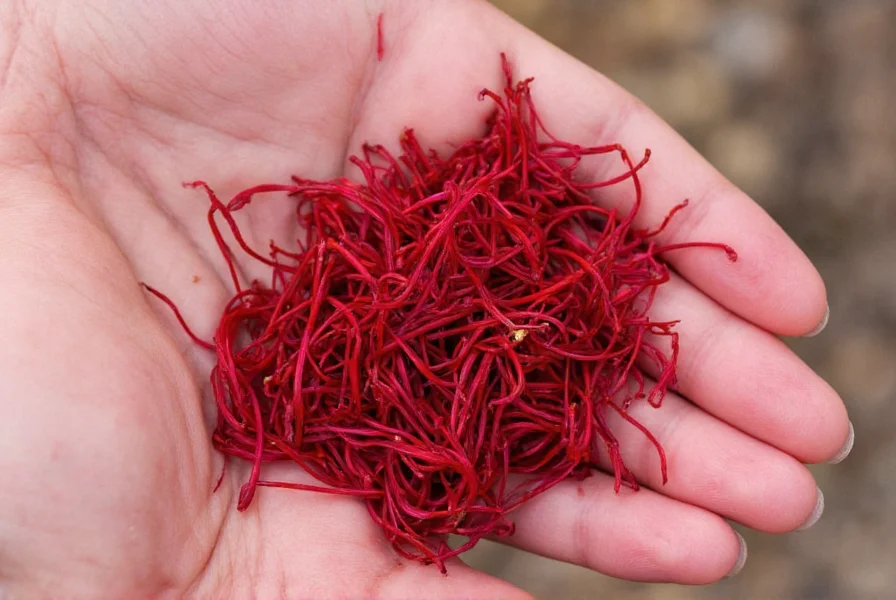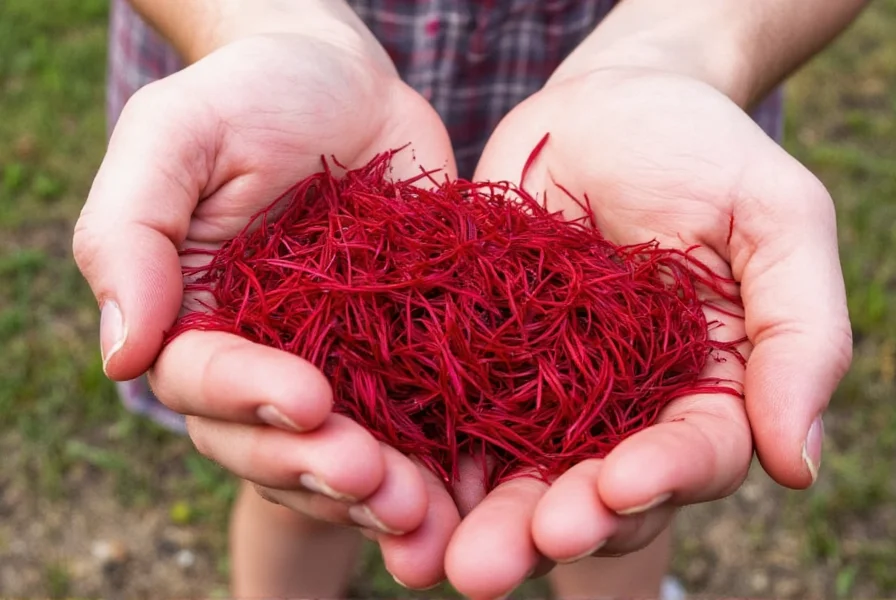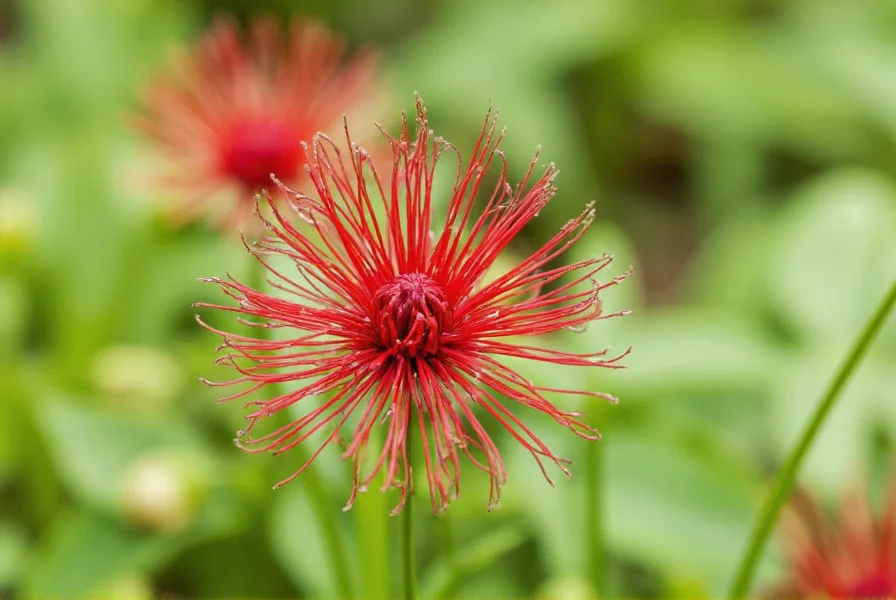Growing saffron may seem like an exotic endeavor reserved for specialized farmers, but with the right conditions and techniques, dedicated gardeners can cultivate this world's most valuable spice. Saffron comes from the delicate stigmas of the Crocus sativus flower, a fall-blooming crocus variety that requires specific growing conditions but offers remarkable returns for the effort invested.
Understanding Saffron Crocus Requirements
Unlike many garden plants, saffron crocus has precise environmental needs that determine success or failure. The bulbs, technically corms, require a distinct seasonal pattern: hot, dry summers to induce dormancy followed by cool, wet autumns to trigger flowering. This pattern mimics the Mediterranean and Middle Eastern climates where saffron originated.
Successful saffron cultivation depends on three critical factors:
| Factor | Optimal Conditions | Problem Indicators |
|---|---|---|
| Climate | USDA zones 6-9; hot dry summer (77-86°F), cool wet autumn (50-64°F) | Excessive summer moisture causes rot; insufficient winter chill prevents flowering |
| Soil | Well-drained sandy loam, pH 6-8, amended with organic matter | Yellowing leaves indicate poor drainage; stunted growth suggests nutrient deficiency |
| Planting | 4-6 inches deep, 4-6 inches apart, in full sun locations | Shallow planting exposes corms; overcrowding reduces flower production |
Step-by-Step Saffron Cultivation Guide
For those interested in how to grow saffron crocus successfully, follow this detailed process:
Corm Selection and Preparation
Begin with high-quality Crocus sativus corms, ideally 2.5-3.5 cm in diameter. Larger corms produce more flowers. Purchase from reputable suppliers in July or August for fall planting. Inspect corms for firmness and absence of mold before planting. Many growers achieve better results with organic saffron cultivation methods by avoiding synthetic chemicals that might affect the delicate flavor profile.
Planting Procedure
Plant saffron corms in late summer (August-September) for autumn bloom. Choose a location with full sun exposure and excellent drainage. Amend heavy soils with sand and compost to improve drainage. Plant corms 4-6 inches deep with the pointed end up, spacing them 4-6 inches apart in rows 12 inches apart. This saffron corm planting depth prevents rot while allowing proper root development.

Watering and Maintenance
Water thoroughly after planting, then allow the soil to dry somewhat before the first shoots appear. During active growth (autumn), maintain consistent moisture without saturation. Reduce watering as flowers fade and foliage yellows in late autumn. During summer dormancy, keep the soil completely dry—this critical saffron growing requirement mimics natural conditions and prevents corm rot.
Harvesting Saffron Threads
The most labor-intensive aspect of growing saffron is harvesting. Flowers bloom for only 1-2 weeks in autumn, opening at dawn and wilting by midday. Pick flowers daily in the morning, then carefully remove the three red stigmas from each bloom. This delicate process requires approximately 150 flowers to yield just 1 gram of dried saffron. Dry the stigmas immediately on a mesh screen in a warm, dark place with good air circulation for 12-24 hours.
Realistic Yield Expectations for Home Growers
Many aspiring saffron growers overestimate potential production. A mature saffron crocus plant produces 1-3 flowers per corm annually. With proper care, corms multiply over time, increasing your yield. Expect these realistic production metrics:
- First year: 20,000-30,000 stigmas per acre (0.4-0.6 lbs dried saffron)
- Established fields (3+ years): 40,000-50,000 stigmas per acre (0.8-1.0 lbs dried saffron)
- Home garden plot (100 sq ft): Approximately 10-15 grams of dried saffron annually
These figures represent the typical saffron yield per square meter under good growing conditions. Remember that harvesting saffron threads remains entirely manual, making labor the primary constraint for small-scale producers.
Common Growing Challenges and Solutions
Even with proper care, saffron growers face several challenges:
Pest and Disease Management
Rodents and birds sometimes dig up corms. Protect plantings with wire mesh below and above ground. Fungal diseases like corm rot occur in poorly drained soils—this represents one of the most frequent common saffron growing problems. Prevent rot by ensuring excellent drainage and avoiding summer irrigation.
Climate Adaptation
Gardeners outside traditional saffron regions (zones 6-9) can grow saffron in containers that move indoors during extreme weather. In humid climates, raised beds improve drainage. In cooler regions, mulch after planting to retain warmth. Understanding your specific best climate for growing saffron in your location determines whether you need these adaptations.

Economic Viability of Small-Scale Saffron Production
Many gardeners wonder is growing saffron profitable at a small scale. At current market prices ($1,000-$5,000 per pound), even modest home harvests have significant value. However, the labor intensity means most home growers produce saffron as a specialty crop rather than primary income source. A 100 sq ft plot yielding 15 grams annually represents about $30-$150 worth of saffron—valuable but requiring approximately 15-20 hours of careful harvesting labor.
Commercial growers need at least 0.5 acres to generate meaningful income, with establishment costs of $2,000-$3,000 per acre for corms. The investment typically pays back in 3-4 years with proper management. For hobbyists, the satisfaction of producing this ancient spice often outweighs pure economic considerations.
Final Considerations for Aspiring Saffron Growers
Growing saffron demands patience and attention to detail but rewards dedicated growers with an exceptionally valuable crop. Success hinges on matching your local conditions to saffron's specific saffron cultivation requirements, particularly the critical summer dormancy period. Start small with 50-100 corms to learn the process before expanding. With proper care, saffron crocus can remain productive for 5-7 years before requiring division and replanting.











 浙公网安备
33010002000092号
浙公网安备
33010002000092号 浙B2-20120091-4
浙B2-20120091-4